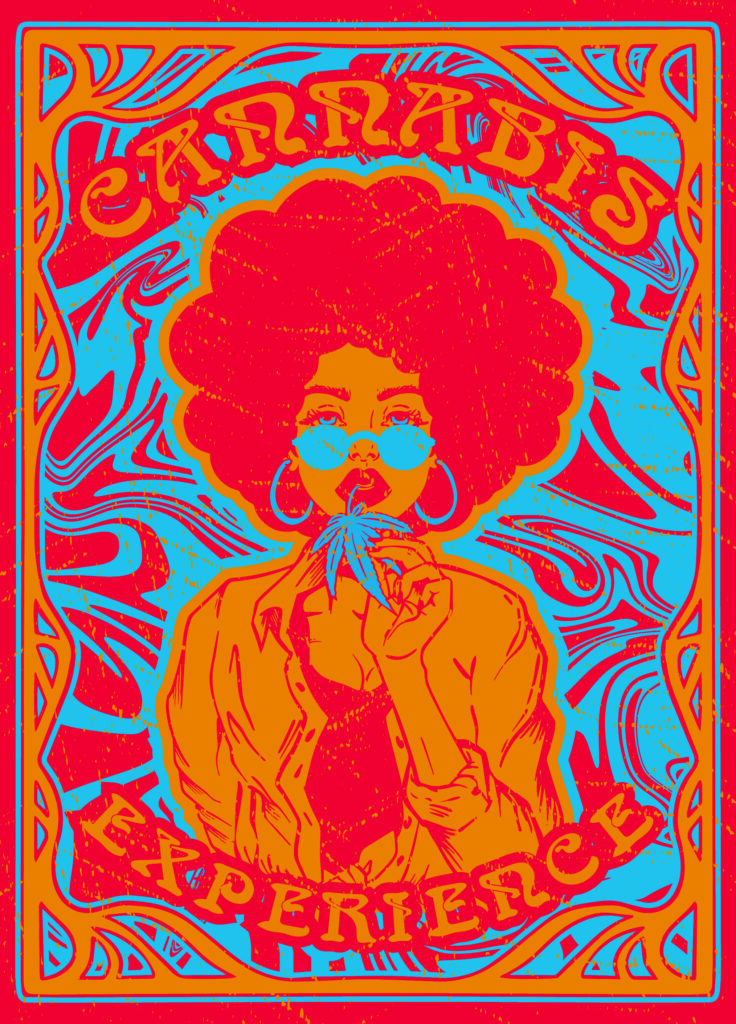
Since the 1970s, cannabis has undergone significant changes in various aspects, driven by advancements in cultivation techniques, scientific research, and changes in legal and cultural attitudes towards the plant. Here are some key ways in which cannabis has evolved over the decades:
Potency: One of the most noticeable changes in cannabis is its increased potency. In the 1970s, the average THC content in cannabis was around 1% to 4%. Today, due to advancements in breeding and cultivation practices, many strains regularly contain THC levels exceeding 20%, with some even reaching 30% or higher.
Variety of Strains: In the 1970s, cannabis strains were more limited in terms of genetic diversity. Today, there are countless strains with distinct cannabinoid profiles and terpene combinations, offering a wide range of effects, flavors, and aromas.
Cultivation Techniques: The techniques used to grow cannabis have improved significantly since the 1970s. The advent of indoor growing with controlled environments has led to more consistent and higher-quality crops. Additionally, hydroponic and aeroponic systems have become popular, allowing for better nutrient delivery to the plants.
Cannabis Research: Scientific research on cannabis has expanded significantly over the years, providing valuable insights into the plant’s compounds, medical potential, and effects on the body. This has led to a better understanding of cannabinoids, terpenes, and the endocannabinoid system.
Legalization and Decriminalization: Many countries and states have moved towards cannabis legalization or decriminalization for medical and recreational use. In the 1970s, cannabis was largely prohibited, leading to stigmatization and criminalization. The changing legal landscape has paved the way for greater acceptance and accessibility of cannabis.
Cannabis Industry: The rise of the cannabis industry has transformed the way cannabis is produced, marketed, and distributed. From dispensaries to cannabis-infused products, the industry has grown exponentially, creating jobs and economic opportunities.
Consumption Methods: In the past, cannabis was mainly consumed by smoking joints or using simple pipes. Today, there are numerous consumption methods, including vaporizers, edibles, concentrates, topicals, and more.
Social Perception: The perception of cannabis has shifted over time. While it was once associated with counterculture and rebellion, it is now increasingly viewed as a legitimate medical option and a recreational substance for responsible adult use.
Overall, the changes in cannabis over the years have been profound, reflecting a growing understanding of the plant’s potential and a shift towards more nuanced and informed perspectives on its use and benefits.
